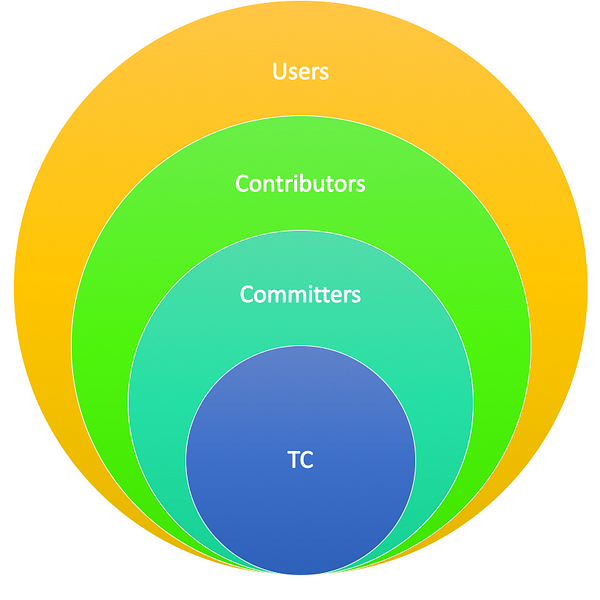These were the kinds of projects Smith wanted members to realize—projects that have an emotional component and seemed to need social support. If it’s something members could do on their own, “don’t bother coming,” Smith declared.
Me recuerda a los visionarios de Bret Victor en "Inventing by Principle". Recuerdo tener conversaciones con uno de los nuevos miembros de HackBo respecto a proyectos que existiían sólo en nuestra cabeza. Algunos necesitanban de otros, pero no sabíamos de antemano qué tanto.

